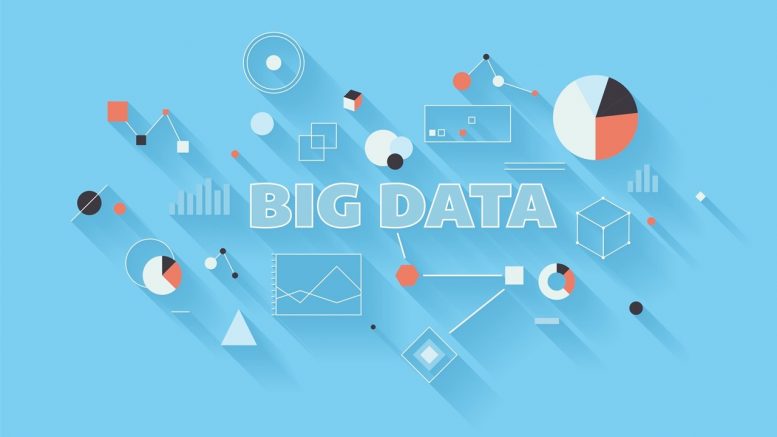Public Relations is a professional practice where fads are a common occurrence, focused on concepts of images, perception, messaging, reputation, brands, integrated marketing communication, return on investment (ROI), strategic communication, and corporate social responsibility projects. In the early days and to some extent even now, a PR practitioner was someone with the skill set limited to media relations, and the notion that they fervently believed in was that publicity in traditional media is was would produce the outcome they hope to achieve. Thus, with the advent of social media and digital platforms public relation practitioners were introduced to a revolutionary new force which not only altered their way of thinking but also considerably modified the way to do business.
The world of PR and communication has changed drastically in the past decade and continues to evolve before our eyes today. One of the biggest factors contributing to this evolution is technology. In the past few years technology has been driving change at an exponential rate, forcing PR practitioners around the world to stay on of the latest trends and seamlessly weave in these developments into their PR strategies. Recognising and preparing for the emergence of latest trends in technology is now the difference between surfing the tech wave and being swept away as they break.
It’s All About the Big Data – Leveraging technology for a Better Reach
Data today is considered as the most valuable commodity on Earth, with large number of businesses and other entities leveraging data to expand their reach in the market. Data opens the doors to sophisticated analysis, which can result in great insights and large amounts of information pertaining both to individuals and groups. From research to measurement, there is really no end to the variety of ways in which data can be exploited to gain valuable insights about the business and the marketplace and leverage that to strategise and plan your next steps.
Consequently, relevant tools such as AI systems that have the capability to parse through these large amounts of data and provide targeted content, would eventually become an integral part of PR. Increasingly organisations are leveraging such tools to serve content tailored to the likes and dislikes of their consumers, in a few years with the advancements in technology this trend would be ubiquitous in PR. Data that algorithms collect and generate makes it easy for marketers to understand what content to target at customers, and which channel to use at which time.
Automatically Generate Content
Curating engaging and relevant content on a regular basis can be a tedious task. However, Artificial Intelligence allows one to automatically generate relevant content for the audience at each stage. AI based tools available in the market support in researching topics that are currently trending. Algorithms ease the process of collecting data regarding the target audience, which is inclusive of their interests, concerns and needs. Armed with this knowledge, curating and creating relevant content becomes far more convenient than ever before, resulting in a significant boost in engagement. A number of brands globally are known to leverage AI tools for generating content including Yahoo, Fox etc.
While the process does get simplified with respect to the research to be done in the backend, it still takes a significant amount of time to sift through the content and identify what would work.
Listen in for a Better Experience
Predictive analytics or intelligence can play a critical role in making businesses better. It allows organisations and brands to be able to understand their consumer and provide them with personalised and/or customised experiences that appeal to their needs and interests. Even in the public relations community, predictive analytics tools can play a revolutionary role in enabling clients to find opportunities, understand risks, and address them before they have a damaging impact. Increasingly a number of PR practitioners and fi have brmsegan to understand the relevance of and in turn implementing data-based communications by building predictive analytics into all of the work they do for their clients. These tools hold relevance in areas like consumer-facing comms, employee communications, investor relations and predictive crisis analytics where they depend not only on surveillance software but also data available on public forums to get a real understanding into the sentiment of the consumers. This understanding of the users’ buyer journey can be applied to target the specific style of content they are most likely to engage with and respond positively to for better results.
The views and opinions published here belong to the author and do not necessarily reflect the views and opinions of the publisher.



Be the first to comment on "The technological shift in PR – The advent of intelligence marketers"